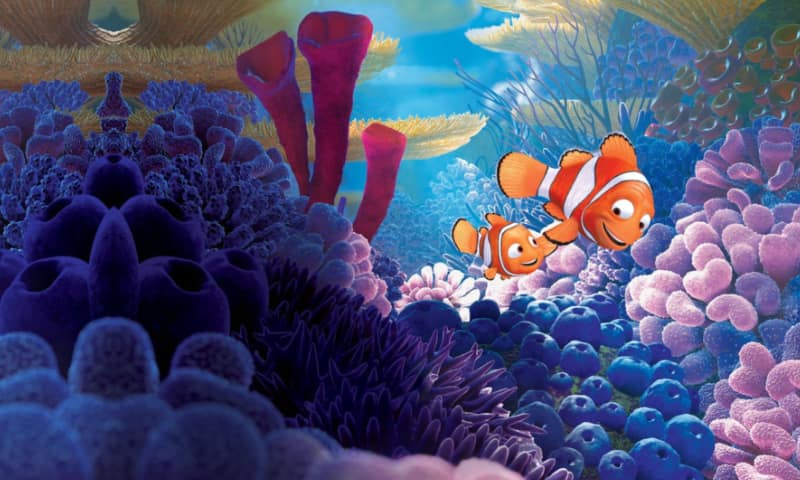 In 2005, David Foster Wallace gave the commencement speech at Kenyon College. Here’s a snippet:
In 2005, David Foster Wallace gave the commencement speech at Kenyon College. Here’s a snippet:
“There are these two young fish swimming along, and they happen to meet an older fish swimming the other way, who nods at them and says, “Morning, boys, how’s the water?” And the two young fish swim on for a bit, and then eventually one of them looks over at the other and goes, “What the hell is water?”
The point of the story, Wallace said, “is that the most obvious, ubiquitous, important realities are often the ones that are the hardest to see and talk about.”
And so it is with storytelling.
At work, we think of it as marketing or sales. At home, we think of it as entertainment or gossip.
But really … it’s reality.
The stories we tell ourselves are the water we swim in!
It’s not me saying this – it’s numerous studies in psychology, neuroscience, philosophy and behavioural economics. It’s Daniel Kahneman, David Eagleman, Lisa Feldman Barrett, Jordan Peterson, Epictetus, Paul Zack and Michelle Scalise Sugiyama. (If you check around this site, you’ll see I have a whole geeky page dedicated to the science of story).
In his NY Times Bestseller, Thinking, Fast and Slow, Daniel Kahneman – the Noble Prize-winning ‘Father” of Behavioural Economics, said:
“No one ever made a decision because of a number. They need a story.”
But the bottom line on the science is this.
Stories are how we perceive, understand and move forward through the world.
Not just us, of course. Our customers.
The process is effortless, involuntary and fluid.
Here’s a dumb example. If I show you this slide from one of my talks, your brain will likely leap ahead and fill in the missing piece.

.
.
.
.
.
Something like this….

In fact, the ‘story’ you created was not only automatic and involuntary … it took zero effort. Why? Because your brain is wired for story. Jonathan Haidt, a Social Psychologist at NYU, puts it this way:
“The human mind is a story processor, not a logic processor.”
Here’s a more relevant example.
Three hundred words ago, I mentioned that I’d interviewed Seth Godin – a rock star in the marketing world.
If you know Seth’s work, the ‘story’ you were telling about me shifted with that line. (The fact that it was ‘my 1,000th podcast’ may also have made a difference.)

The point is that storytelling is happening all the time, for everyone. We use it to predict the future, evaluate options and chart a course towards our goals.
So what does this mean for us – people building businesses?
When we learn to tell powerful stories, we are learning (and surfing) the language of the human brain.
Working with our customers, not against them.
In 1991, I sailed 3,000 miles across the Atlantic in a 10m yacht. When the wind was behind us, the sailing was fast, easy and serene. When it wasn’t, every minute was a struggle.
In a sense, this whole series is designed to put the wind behind me … allowing me to speak to the kind of people my work will resonate with. People who:
- Are building a business that matters.
- Dislike the dark patterns of marketing.
- Think long term.
Building a story-driven business is powerful and exciting.
But where should we start?
Come on in … the water’s great.
